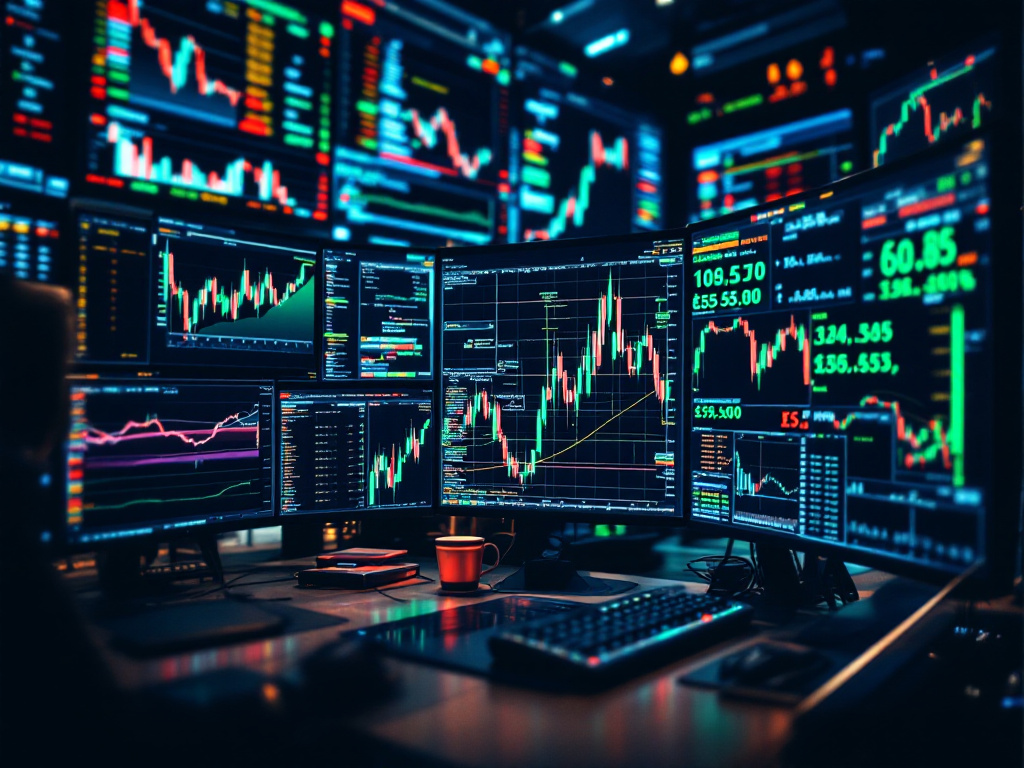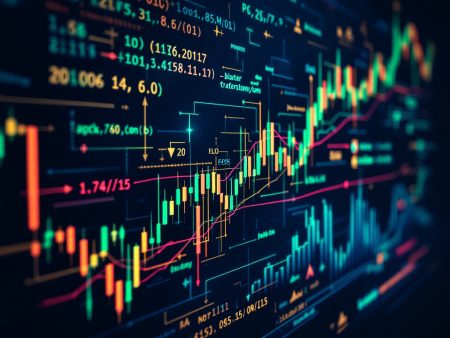Exploring High-Frequency Trading Strategies
High-Frequency Trading (HFT) has become a prominent feature in today’s financial markets. Characterized by rapid trade execution and massive data processing, HFT relies on advanced technology to achieve high-speed trading success.

How High-Frequency Trading Works
High-Frequency Trading works through the execution of large volumes of trades at ultrafast speeds. This is achieved using sophisticated algorithms and powerful computing resources that process market data in real-time. Firms engage in high-frequency trading to take advantage of tiny price discrepancies often not recognizable by human traders.
Common High-Frequency Trading Strategies
Some commonly employed strategies in HFT include:
- Market Making: Involves placing buy and sell orders continuously to profit from the bid-ask spread.
- Statistical Arbitrage: Uses complex mathematical models to identify and exploit market inefficiencies.
- Momentum Ignition: Attempts to start or amplify a price move to capitalize on resultant market activity.
- Pattern Recognition: This strategy relies on recognizing patterns and signals from market data to forecast short-term movements.
Benefits of High-Frequency Trading
Among its many benefits, HFT is known to increase liquidity and contribute to market efficiency. By executing trades instantaneously, it helps improve pricing accuracy and reduces bid-ask spreads.
Challenges and Controversies
Despite its benefits, HFT has been subject to scrutiny over market manipulation concerns and ethical issues. Regulatory bodies continually evolve their policies to address potential negative impacts on market stability.
The Future of High-Frequency Trading
The future of HFT will likely involve further advancements in technology and regulation. As markets continue to adapt, high-frequency trading remains a critical component of modern financial systems.
Conclusion
High-Frequency Trading represents a dynamic intersection between technology and finance. Understanding its strategies, benefits, and challenges is essential for anyone engaged in trading or market analysis, emphasizing the need to stay informed on technological advancements in the trading arena.







